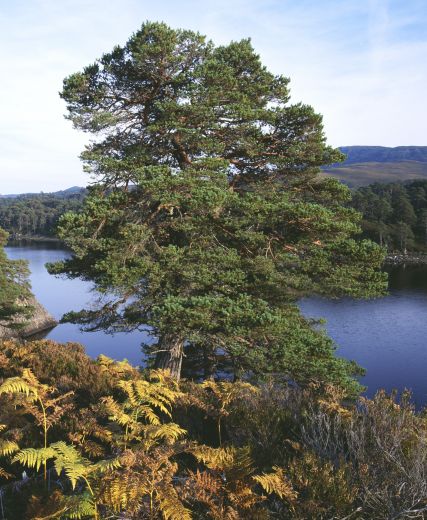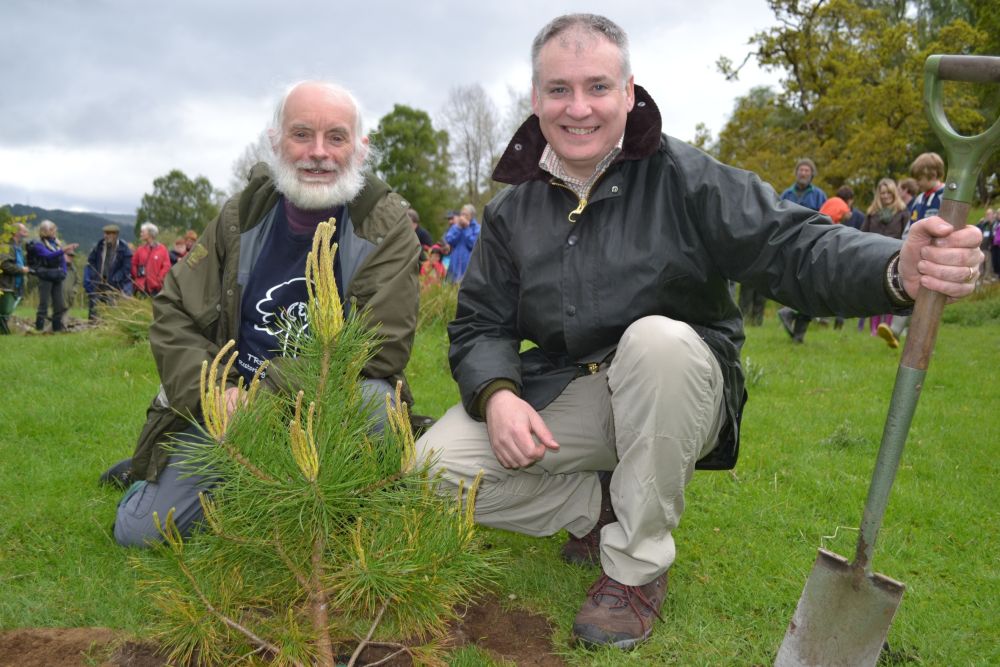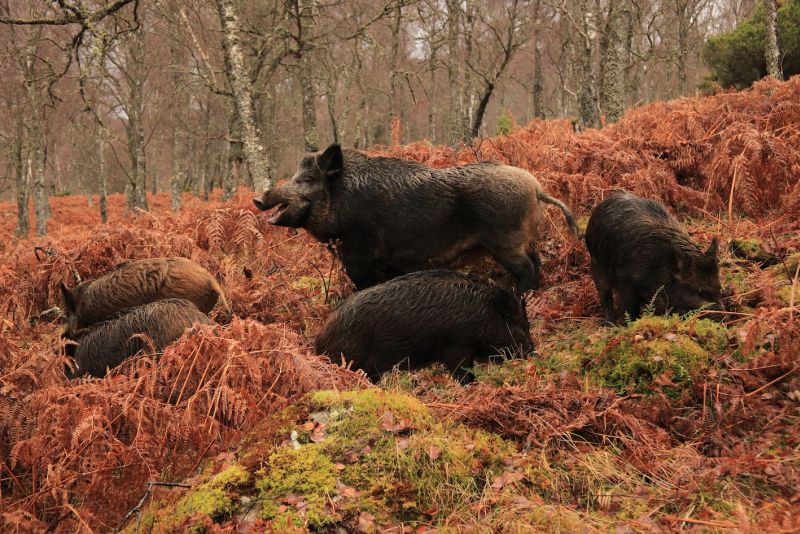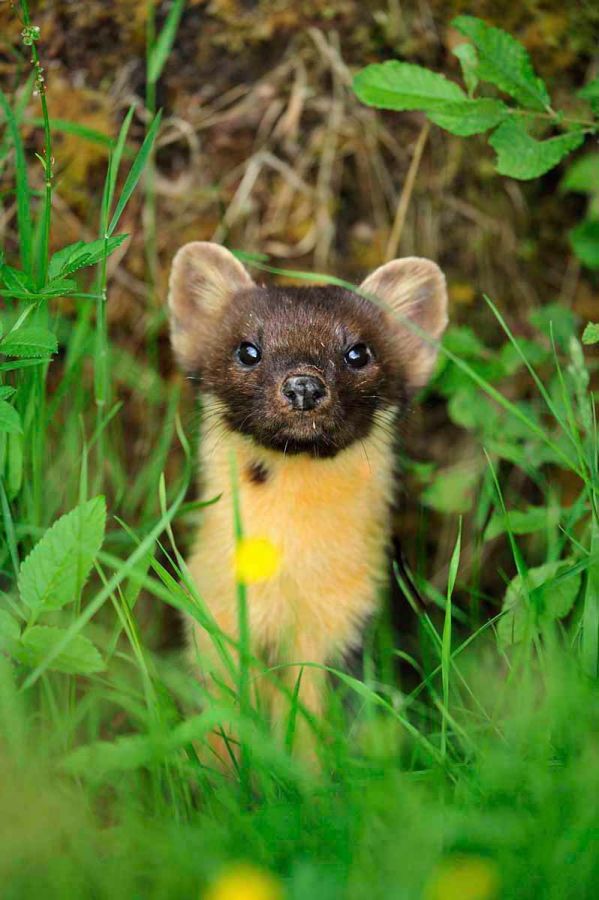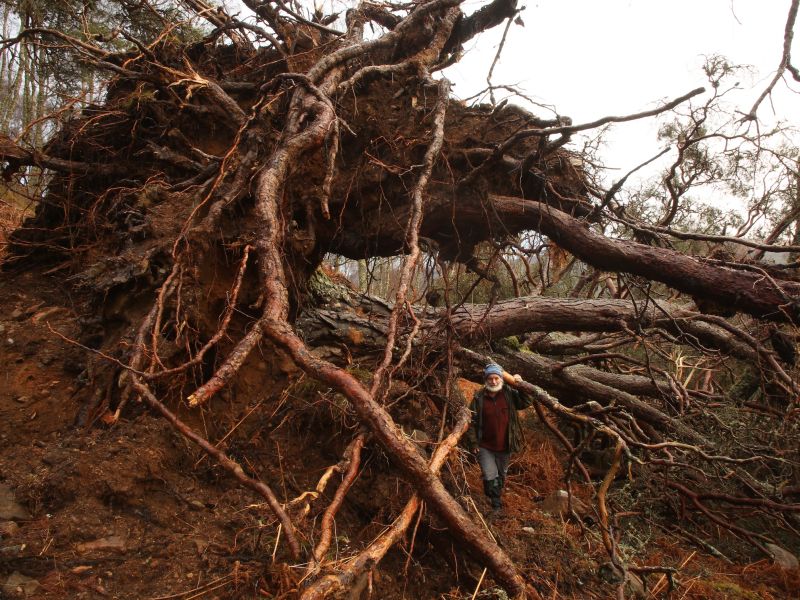With thanks to Richard Bunting.
Plans to protect and restore one of Scotland’s most iconic and beautiful glens – alongside wildlife such as golden eagles, Scottish wildcats and red squirrels – received a double boost last week when charity Trees for Life won funding of almost £80,000 for new forest conservation projects in Glen Affric near Loch Ness.
The initiatives will involve the planting of 20,000 trees, opportunities for hundreds of people from diverse backgrounds to gain health benefits and conservation training, and the creation of an eco-friendly wilderness base at a remote mountain bothy.
Shona Robison – Scottish Government Cabinet Secretary for Commonwealth Games and Sport – announced on Thursday 9 October that Trees for Life will receive £60,000 from the Legacy 2014 Active Places Fund towards the renovation of the Athnamulloch Bothy, which lies to the west of Loch Affric on the National Forest Estate.
The news came just three days after Trees for Life’s Glen Affric Landscape Project secured almost £20,000 from the prestigious European Outdoor Conservation Association, following an online public vote in which more than 4,200 people voted for the conservation charity.
“Securing two major funding awards within a week for our conservation initiatives is fantastic news for the ancient Caledonian Forest and its rare species, many of which are staring extinction in the face – and for the hundreds of people who will directly benefit from these reforestation projects,” said Alan Watson Featherstone, Trees for Life’s Executive Director.
In partnership with Forestry Commission Scotland, Trees for Life’s Athnamulloch Bothy Renovation Project aims to renovate this derelict mountain bothy, creating a warm, weather-tight and eco-friendly wilderness base.
Trees for Life has secured a 25-year lease of the building – located far from normal services – which will be completely refurbished and equipped with ecologically-sound solutions for the on-site provision of water supply, energy and sewerage.
The Legacy 2014 Active Places Fund grant – part of the Scottish Government’s Commonwealth Games Legacy 2014 programme and administered by sportScotland – will cover almost half of the bothy renovation costs. Trees for Life plans to raise funds for the remaining costs through a public appeal and further grants. Those wishing to donate to the project are invited to visit www.treesforlife.org.uk.
Following its success in the European Outdoor Conservation Association awards, Trees for Life’s Glen Affric Landscape Project will see the charity working in partnership with Forestry Commission Scotland – which manages the Glen Affric National Nature Reserve – to enhance and extend the glen’s native Caledonian pinewood and conserve its rare forest-dependent wildlife through activities including the planting of 20,000 trees, removal of non-native trees and plants, and restoration of habitats.
The Caledonian Forest in Glen Affric supports over 1,000 animal species. The pinewoods in the glen’s eastern reaches are one of the largest surviving core areas of native pinewood continuing to benefit from conservation management, but more action is needed for this native woodland to expand westwards.
“Our sincere thanks go to everyone who voted for us in the European Outdoor Conservation Association awards, and to Northshots Photography for nominating us. The award is wonderful news for one of Scotland’s finest wilderness forests, and it will ensure further practical action takes place to reverse centuries of forest loss in the Highlands,” said Alan Watson Featherstone.
These new projects are key elements in an expansion of Trees for Life’s work of rewilding and will create opportunities for hundreds of people from diverse backgrounds – including those from deprived situations or facing challenges to their health, as well as outdoors enthusiasts, local people and community groups – to take part in green exercise and physically active recreation.
The announcements came during a week in which Alan Watson Featherstone and author George Monbiot highlighted the potential benefits of rewilding – the large-scale restoration of damaged natural ecosystems – at a meeting with MSPs at the Scottish Parliament on Wednesday, followed by a lecture on the subject to a full house of almost 500 people at the University of Edinburgh.
Trees for Life is restoring the Caledonian Forest, which once covered much of the Scottish Highlands but has been reduced to a fraction of its former range by centuries of deforestation. Many forest remnants consist of old and dying trees, with grazing pressure by red deer preventing the growth of young trees. Remaining forests, such as in Glen Affric, are amongst our most fragile and endangered habitats.
The charity has pledged to establish one million more trees by planting and natural regeneration by 2018, and is marking its 25th anniversary this year with expanded opportunities for volunteers. See www.treesforlife.org.uk or call 0845 458 3505.
- Comments enabled – see comments box below. Note, all comments will be moderated.


